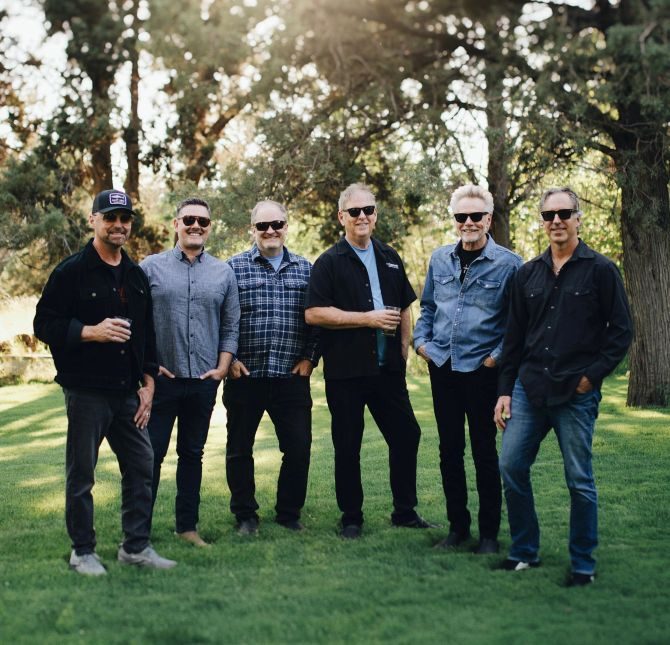Spinners are winners for steelhead
Published 5:00 am Thursday, September 20, 2001
It’s no secret that this year’s summer steelhead run has spawned a resurgent interest in the ocean-going rainbow. Drive along any stretch of steelhead water in Oregon or Washington and you will find the faithful paying homage.
Last week, I asked Justin Karnopp of Redmond’s Central Oregon Outdoors for some insight into the Deschutes River fishery. There is no doubt that there are a lot of fish in the river, but Karnopp says success has been off and on, with more fish being caught in cooler weather. He expects a change in weather to spark the fishing again, bringing in the larger steelhead holding in the Columbia River.
Right now, you’re better off on the lower 30 miles of the Deschutes, Karnopp advises. Fly fishermen have been successful with the standard summer patterns. The green-butt skunk, freight train, and purple peril patterns are producing fish for fly rodders. But Karnopp has also seen a lot of anglers taking fish on spinners. Blue Fox and Vibrax spinners are among the best production-line producers, but those who make their own spinners are hooking larger numbers of fish.
Like fly fishermen who tie their own flies, many spinner aficionados have turned to making their own spinners. The fisherman who makes his own lures might save a little money, but more important, he’ll catch more fish by learning to tailor the spinner to water and weather.
Steelhead strike out of aggression, curiosity, defense, and feeding impulses. The most common finishes on spinner blades are, in order of most flash to least flash: silver-plate, brass, tarnished brass, nickel (mirror-finish), and black.
A basic spinner for steelhead is made from the following components: A pre-formed wire, a clevis (the C-shaped part that the blade swings on), a blade, a small bearing bead for the clevis to rotate upon, the body (usually nickel or brass), a larger bead for color or flash, a hook, and hook tubing for color.
When building spinners, tailor them to the conditions you expect to be facing on upcoming trips. If you will be fishing large rivers with heavy current, such as the lower Deschutes, build bigger spinners. You want a lot of flash to move the fish longer distances to your lure. Build your spinners in the whole range of blade finishes, with most emphasis on the flashier finishes: silver and brass.
On rivers such as the Umpqua and the Rogue, use medium-size spinners with brass, nickel and black finish.
Smaller rivers such as the Salmon, the Sandy, the Santiams, and the Clackamas and its tributaries, call for smaller lures. Black, nickel and tarnished brass are good producers in these rivers. Use the larger spinners in bigger pools, and size down in lower, clearer water.
Almost as important as the proper size and flash of the spinner is using the right color. You can add color to your spinners with plastic beads, hook tubing, and flat or prismatic tape. Fluorescent green, forest green, blue and purple are good summer to mid-fall colors for salmon and steelhead. From late fall through the cold months of winter, I like to use pinks, oranges and reds to dress up my spinners.
The decorative tape goes on the inside of the blade. Think about the spinner moving through the water. A fish sees a shiny, flashing object approaching. As the object swings in front of the fish and moves by, suddenly there is a bit of color showing. That element of surprise is something that might spark the curiosity of the fish and incite a follow and a strike.
More important than flash or color is the presentation of the spinner, and your confidence that it will catch fish. Fish it slow, so that the lure is presented in the same plane as the fish. Let it tumble, but keep the blade turning, tantalizingly slow. A fast-moving spinner is more apt to spook fish. Slow it down, almost to the point where it stops spinning. You will hook more steelhead and salmon.
For more information on building spinners for steelhead and salmon, read ”Spinner Fishing for Steelhead, Salmon and Trout” by Jed Davis, or contact Central Oregon Outdoors at 504-0372.
Gary Lewis is the author of ”Hunting Oregon.” His column appears Wednesdays.








